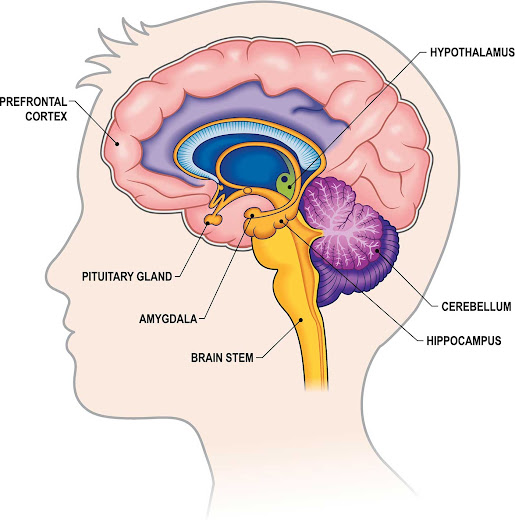Language and Knowledge Processing in Cognitive Science: 🧠🔠📚#sciencefathe...
Discover how humans understand, use, and store language and knowledge. Explore key concepts like mental models, memory systems, language acquisition, and brain functions. Delve into the fascinating intersection of psychology, linguistics, neuroscience, AI, and more! visit our website : cognitivescientist.org Facebook:https://x-i.me/fbin Instagram:https://x-i.me/inst twitter:https://x-i.me/twt blogger:https://x-i.me/bog pintrest:https://x-i.me/pin linkedin:https://x-i.me/link #sciencefather #cognitive scientist #CognitiveScience #LanguageProcessing #KnowledgeProcessing #Neuroscience #AI #Psychology #Linguistics #BrainScience #Learning #MentalModels



